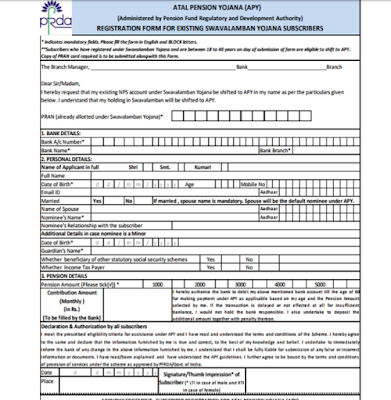The central government had included the treatment for Covid-19 in the 'Ayushman Bharat Yojana' at the beginning of the coronavirus pandemic. The 'Ayushman Bharat' is also known as 'Pradhan Mantri Jan Arogya Yojana'. Over time, while India was still fighting the first wave of the pandemic, some state governments extended the ambit of this scheme from oxygen supply to meeting the cost of essential medicines for the treatment of Covid-19.
Ayushman Bharat is the flagship health insurance scheme by the central government for poor people.
Under the Ayushman Bharat Yojana, 10 crore poor families, deprived and weaker sections of the country get health insurance. Under this scheme, these families i.e., 50 crore people get health insurance of up to Rs 5 lakh per year. However, to benefit from the scheme, you must have certain qualifications. They are the following:
In rural areas, the Ayushman Bharat Yojana scheme can be availed only by people who have a kuccha house, no adult (16-59 years) in the family, woman as the head of the family, a disabled person in the family, the family is from SC/ST, landless, daily wage labourer, homeless, tribals and destitute.
In urban areas, beggars, garbage pickers, maids who earn through household chores, street vendors, hawkers, plumbers, masons, labourers, painters, welders, security guards, porters, sweepers, drivers, rickshaw pullers or persons who work in a shop can avail the Ayushman Bharat scheme.
According to a March 2020 circular, the treatment and testing of Covid-19 will be done for free of cost in any of the private hospitals empanelled for the scheme.
Private hospitals, too, have been empanelled under this scheme along with government hospitals. Under this insurance scheme, treatment of almost all types of diseases such as cancer surgery, radiation therapy, chemotherapy, cardiac surgery, neuro (brain) surgery, spine surgery, dental surgery, eye surgery and special tests such as MRI and CT scans are covered.
Infections such as a common cold and fever are not included in the Ayushman Bharat scheme. Now that the Covid-19 infection symptoms are like those of a common cold, can Covid-19 be treated under the scheme?
Symptoms of Covid-19 include a cold, cough or fever which are detected through the RT-PCR tests. However, to make use of the benefits of the Ayushman Bharat scheme, a person has to be admitted to a hospital for at least one day. So if you are positive for Covid-19 and have been admitted to a hospital, you can still take benefits of the scheme. But are you eligible to apply for the scheme?
The eligibility criteria for the Ayushman Bharat Yojana can be checked online at www.pmjay.gov.in or by calling 14555 and 1800111565 helpline numbers.
If you are eligible, then you will get treatment for Covid-19 at the private hospitals associated with Ayushman Bharat Yojana. Quarantine at a private hospital will also be covered under this insurance.
While the poor can get free treatment at the government hospitals, the aim of the scheme was also to add private hospitals under it. You can find which hospital near you is connected with Ayushman Bharat Yojana by checking online or calling the helpline numbers.
After you know your eligibility and the hospital associated with the Ayushman Bharat Yojana, you will be helped by an "Ayushman Mitra or Arogya Mitra" in that hospital. "Ayushman Mitra or Arogya Mitra" will help you with admission to the hospital.
To get benefits under the Ayushman Bharat Yojana, the eligible person has to show his/her eligibility by an e-card. S/he has to show some documents such as an Aadhaar card, a Voter ID card or ration card.
https://www.indiatoday.in/coronavirus-outbreak/story/tested-positive-covid19-heres-how-you-can-benefit-from-ayushman-bharat-yojana-for-treatment-1800255-2021-05-08
























